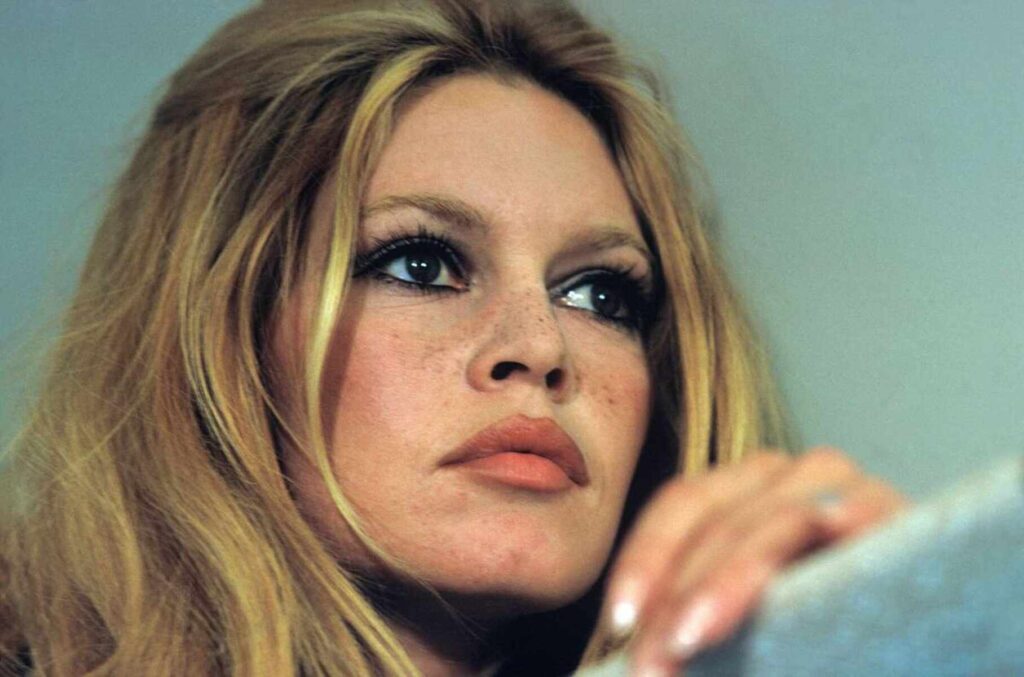brigitte bardot: The Iconic French Actress and Cultural Phenomenon
Early Life and Career Beginnings
Brigitte Bardot was born on September 28, 1934, in Paris, France. Her full name is Brigitte Anne-Marie Bardot. Raised in a well-off family, Bardot showed an early interest in the arts, particularly in dance. By the age of 15, she was studying ballet under the direction of Boris Knyazev, and she began her modeling career soon after.

Her stunning beauty and charisma quickly caught the attention of filmmakers, leading her to the world of cinema.
Rise to Fame
Bardot’s breakthrough came in 1956 with the film And God Created Woman (Et Dieu… créa la femme), directed by Roger Vadim, who was also her first husband. The film was a sensation and turned Bardot into an international star. Her portrayal of the free-spirited and sensual Juliette Hardy challenged conventional norms and established her as a symbol of sexual liberation and independence.
The success of the movie not only made Bardot a household name but also solidified her image as a sex symbol, a status that she both embraced and struggled with throughout her career.
Cultural Impact and Iconic Status
Throughout the 1950s and 1960s, Bardot starred in a series of films that cemented her status as an icon. Movies like La Parisienne (1957), The Truth (1960), and Contempt (1963) showcased her acting range, while her effortless style and undeniable screen presence made her a fashion and beauty icon.
Bardot’s influence extended beyond the screen; she became a muse for artists, designers, and photographers, inspiring trends in fashion, hair, and makeup. The “Bardot neckline,” a wide-open neck that exposes both shoulders, became synonymous with her name.
Bardot’s image was central to the 1960s’ burgeoning youth culture and the rise of female empowerment. She embodied a new kind of woman—one who was in control of her sexuality, independent, and unapologetically herself.
This made her a controversial figure, particularly in conservative circles, but it also solidified her as a feminist icon in the eyes of many.
Retirement from Acting
In 1973, at the height of her fame, Bardot made the surprising decision to retire from acting at the age of 39. She chose to step away from the spotlight and focus on other passions, particularly animal rights. Her retirement marked the end of an era in French cinema, but it also allowed her to redirect her energy towards causes she deeply cared about.
Animal Rights Activism
After retiring from the entertainment industry, Bardot dedicated her life to animal rights. She established the Brigitte Bardot Foundation for the Welfare and Protection of Animals in 1986, which has since become one of the most prominent animal rights organizations in the world.
Bardot has been an outspoken advocate against animal cruelty, campaigning for issues such as banning seal hunting, fur farming, and the mistreatment of animals in circuses and zoos. Her activism has sometimes been controversial, but she has remained committed to her cause.
Later Life and Legacy
In her later years, Bardot has continued to be a prominent, if sometimes polarizing, public figure. Her outspoken nature, particularly regarding her views on immigration and French society, has sparked debate and controversy. Despite this, Bardot’s legacy as an icon of cinema and a pioneer of animal rights remains intact.
Brigitte Bardot’s impact on popular culture is undeniable. She redefined femininity in the 20th century, breaking away from traditional roles and inspiring generations of women to embrace their independence and sexuality.
Today, Bardot is remembered not just as a screen goddess but as a woman who lived life on her own terms and used her fame to champion the causes she believed in.
Conclusion
Brigitte Bardot’s journey from a young ballet dancer to an international film star, and finally to a dedicated animal rights activist, is a testament to her multifaceted personality and her ability to reinvent herself. She remains an enduring symbol of beauty, independence, and activism—a true icon of the 20th century.
